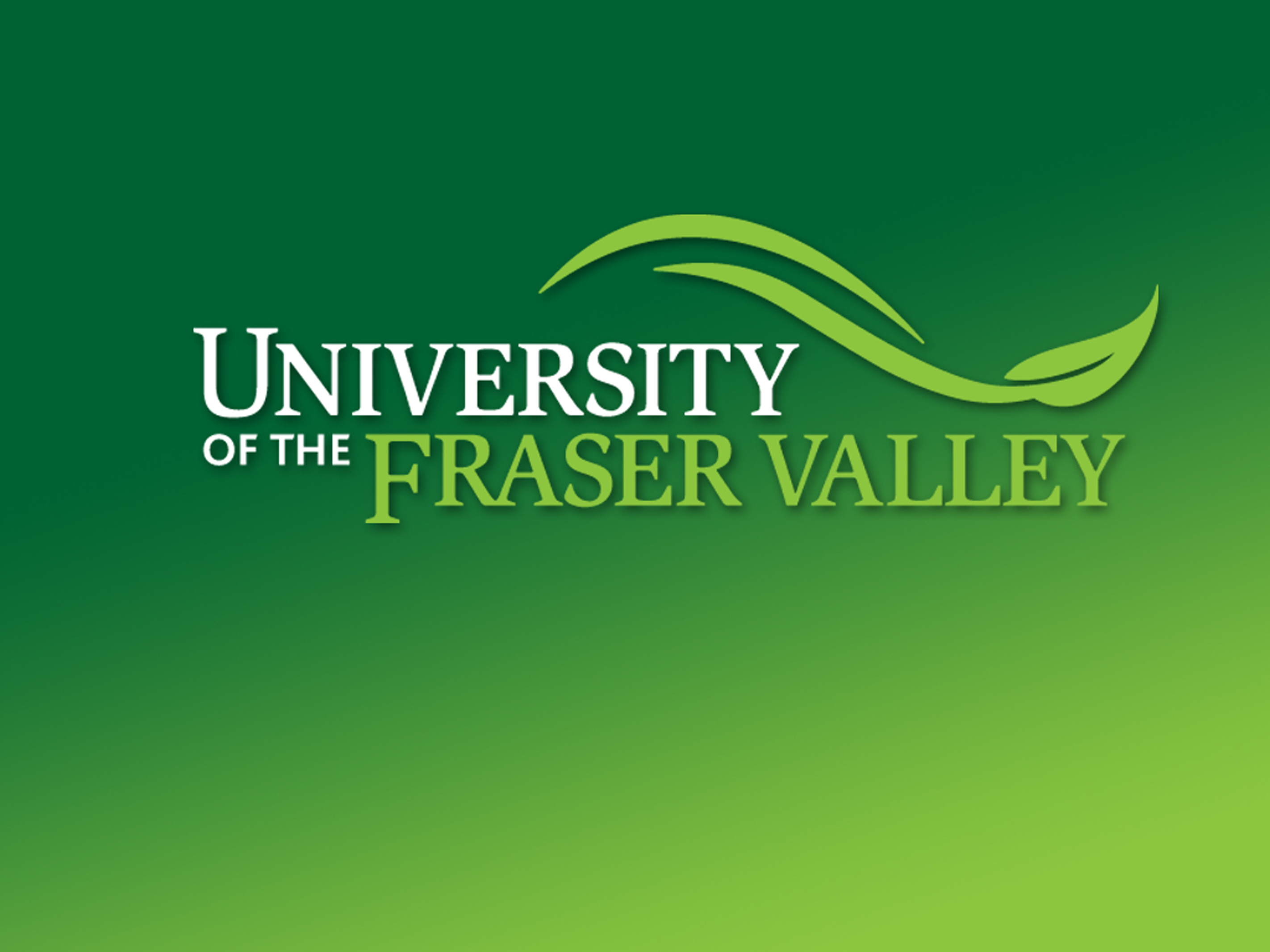By Megan Lambert (The Cascade) – Email
Print Edition: November 12, 2014
According to UFV’s IT services, recent complaints about the university’s inconsistent wi-fi networks are mainly due to user settings and outdated infrastructure.
UFV Secure and UFV Wireless are networks local to UFV, acting much like a personal wi-fi account you might set up at home.
Eduroam, which first became available to students at the beginning of the semester, is a network in universities across Canada as well as in institutions abroad. It uses the same login information to automatically keep users connected if their devices power on or off, and allows them to log in at any other university that also carries Eduroam.
Many of the issues users report to IT services come from the initial confusion of logging on to the different networks — with UFV Wireless and UFV Secure, the two standard options before 2014-15, students simply use their student number as a username. When using Eduroam, users type their student numbers and add @ufv.ca, because every time a student uses it, the connection checks in with the server at each institution.
“Apparently some people have had trouble getting onto the Eduroam network because it uses a different type of authentication,” says Bryan Daniel, manager of IT and infrastructure at UFV.
Bryan Wilkinson, manager of IT and client support, explains that another possible reason for this could be a student’s firewall or anti-viral programs.
“A lot of the time these software packages are very intrusive and they won’t allow the certificate to be accepted properly,” he says.
Changing DNS settings to work with proxy server software won’t let devices accept Eduroam’s certificate — so if you’re streaming American Netflix, you might run into some problems logging in.
Daniel also noted IT replaced a wireless controller last week, causing outages in certain areas.
Provincial Learning Network (PLNet), the current service provider, is managed by the provincial government and provides internet access to K-12 schools, government institutions, and post-secondary schools in BC. However, UFV is switching providers to BCNET, a service provider for post-secondary institutions operating in BC and connected to Canada’s National Research and Education Network (CANARIE). IT thinks this will improve connection at UFV.
“We wouldn’t be seeing as many delays, especially with rich media content coming through,” Wilkinson says. “We’re looking at that implementation in the new year.”
Daniel explains that if UFV switches to an independent service provider, it’ll most likely be faster, partly because it is separate from the 1,800 public buildings otherwise using the same service — freeing up bandwidth.
Regarding the general slowness, Wilkinson notes that the existing equipment and infrastructure wasn’t initially designed for so much usage. Because of the technological boom in the last few years, Canadian students carry more wireless devices with them at a time. Wilkinson notes that the technology and infrastructure UFV put in place a few years ago can’t keep up.
“Students may have two or three wireless devices, and that sucks up a lot of bandwidth,” he says.
The new service provider should be in place for the Winter 2015 semester, but Wilkinson notes that the physical upgrades will happen bit by bit.
“We’re always putting proposals forth for capital funding that would hopefully cover the infrastructure upgrades,” he says. “So that’s a budgetary item that needs to be approved.”


